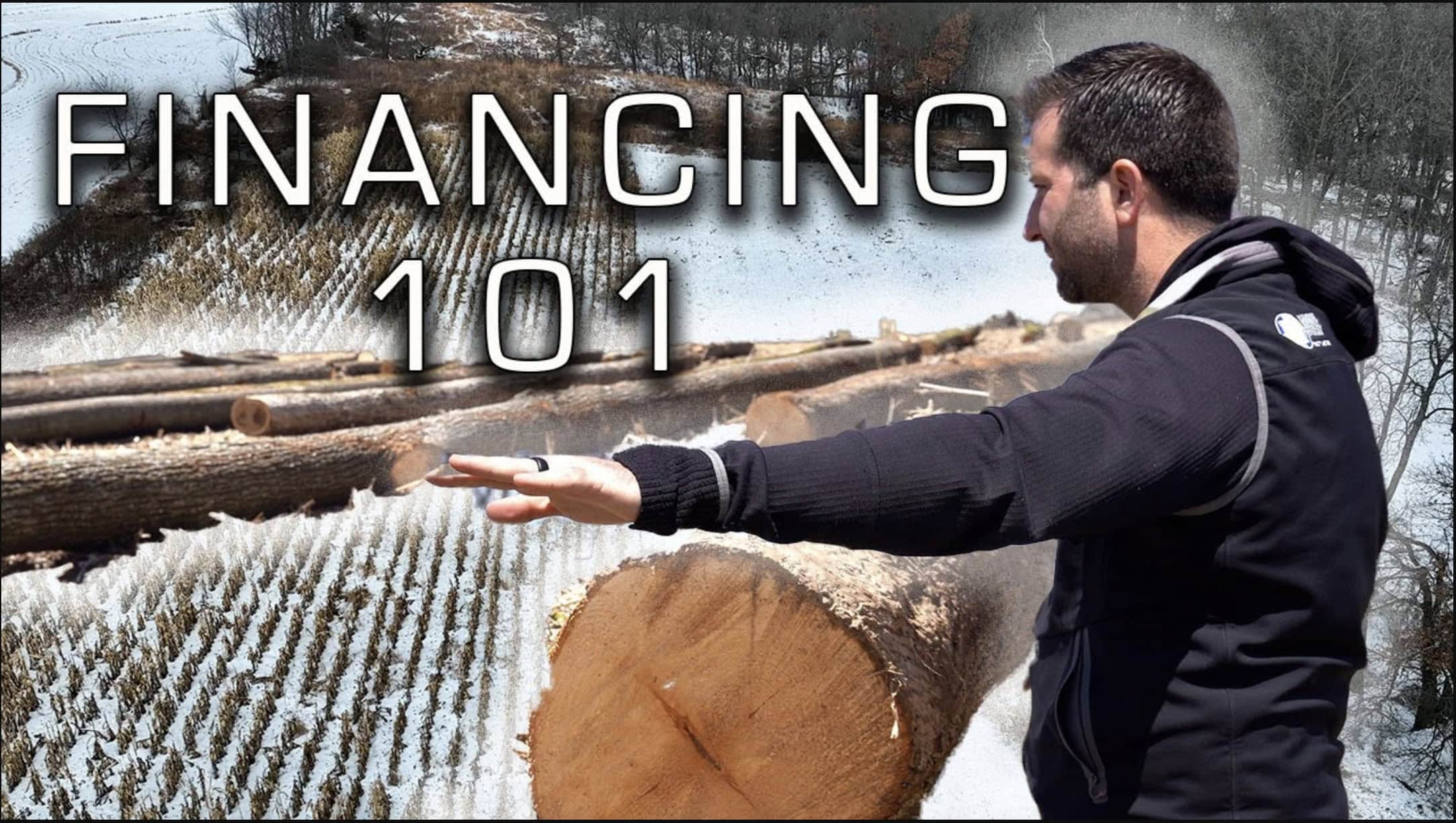How to Pay for Land
By: Jacob Hart, High Point Land Company
When it comes to purchasing your dream property, whether for farming, hunting, or simply enjoying the great outdoors financing is often the most challenging aspect. It’s one thing to envision owning that perfect piece of land, but figuring out how to pay for it is a completely different challenge. That’s why in today’s blog, I’m breaking down some key financing strategies that can help you turn that dream into reality.
Before diving into the details, here’s a crucial disclaimer: I’m not a financial advisor, accountant, CPA, or attorney I’m a real estate broker in several states. My advice is based on our experience in the real estate market, and it’s essential to consult with your financial and legal professionals before making any decisions.
Understanding the Basics of Land Financing
When you find that perfect piece of land like the 80 acres we discussed in our video (Click Here to Watch), listed at $6,000 per acre and purchased at $5,800 per acre for a total of $464,000 the next step is figuring out how to finance it. There are three main financing options that most buyers consider:
1. Cash Purchase: This involves paying for the property with money you have on hand. While it might seem straightforward, using taxed income or proceeds from a previous sale can be a significant financial commitment.
2. Contract for Deed: This option is where the current landowner essentially acts as the bank. Depending on the state, they may or may not retain the deed until the property is paid off. This method can be beneficial if you’re looking for more flexible terms directly from the seller.
3. Bank Financing: This is the most common method, where you go to a bank to secure a loan. Typically, this involves a conventional loan where you’re required to put down 25% of the purchase price, and the bank provides 75% in loan-to-value (LTV). For our $464,000 property, that means you’d need to come up with $116,000 as a down payment.
Creative Ways to Fund Your Down Payment
Coming up with a 25% down payment can be daunting, but there are a few creative strategies that can help:
Cash on Hand: The most direct method is using savings or proceeds from other assets.
Equity in Other Real Estate: If you own other properties—whether it’s farmland, a home, or commercial buildings—you can leverage the equity in these assets to help with your down payment. For instance, if you own a $400,000 home and owe $200,000 on it, you might be able to take out a home equity line of credit to use toward your new land purchase.
Collateralizing Equipment: Another option is to use valuable equipment you own—like bulldozers, combines, or even vehicles—as collateral. This approach can be especially useful if you’re short on liquid cash but have significant assets that a bank might accept as part of your loan agreement.
Navigating Interest Rates and Payments
In our example, we secured a 3.75% interest rate on a 25-year amortization schedule. This brought our monthly payment to $1,857.18, including principal and interest. Each month, a portion of this payment goes towards reducing your loan’s principal balance, which can be crucial if you ever decide to refinance at a lower interest rate in the future.
It’s important to note that interest rates can fluctuate. While they may be higher now, there’s always the potential to refinance later when rates drop. This strategy allows you to reduce your overall loan balance faster, building more equity in your property over time.
Maximizing Your Land’s Potential Income
One of the smartest ways to cover your monthly payments is to generate income from the land itself. Here are a few ideas:
Timber Harvesting: If your property includes timber, you might have the opportunity to harvest it. Using a Form T for tax purposes, you can reduce your farm’s basis, making the income from timber harvesting more tax-efficient. In our case, harvesting $50,000 worth of timber could cover a significant portion of the mortgage.
Leasing Hunting Rights: Many buyers offset their costs by leasing hunting rights—whether it’s for deer, turkey, or other game. While you may prefer to keep the land to yourself, leasing hunting rights can be a practical way to generate additional income, especially if you’re not using the property year-round.
CRP Income: Enrolling portions of your land in the Conservation Reserve Program (CRP) can provide a steady income stream, helping to cover your mortgage payments.
Leasing Land or Buildings: If your property includes crop ground, cabins, or other buildings, leasing them out can also help offset your mortgage payments.
Final Thoughts.
Financing a land purchase requires careful planning and consideration. Whether you’re using traditional bank financing, exploring creative ways to fund your down payment, or leveraging the income potential of your property, it’s essential to understand all your options.
If you found this content valuable, don’t forget to follow, like, and share our YouTube video on this topic. Dive deeper into the details and stay connected for more insights. Watch now:

